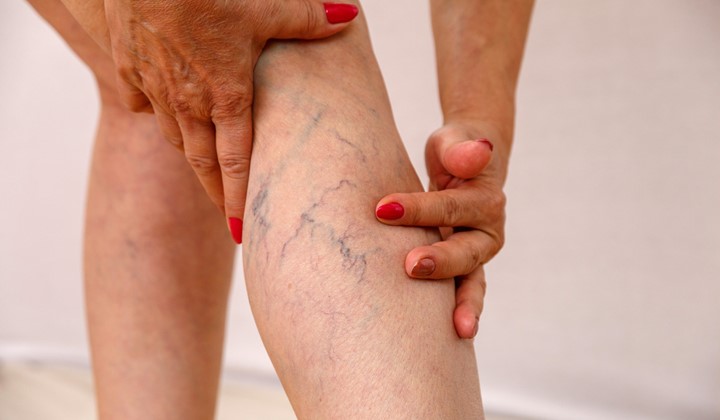Heavy, tired or swollen legs? Varicose veins? Painful legs? These can all be be signs of chronic venous insufficiency
They are all symptoms of venous insufficiency. The loss of life quality is a common and recurrent complaint that we are very much aware of.

Chronic venous insufficiency is a common health problem!
A significant number of adults suffer from chronic venous insufficiency. This frustrating and discomforting ‘heaviness’ seriously undermines your life quality and, in some cases, your mental well-being.

What is happening with my legs?
Heavy legs are not a condition in itself. They are merely a symptom of something else. Heavy legs, just as swollen or painful ankles could mean you are suffering from chronic venous insufficiency (CVI).
Chronic venous insufficiency: divided into different severity types.
Chronic venous insufficiency is a progressive condition that may become worse over time. There are 8 stages of severity, each with their own appearance. The earlier in the process, the easier it is to treat the condition of chronic venous insufficiency, as well as the symptoms.
What are the possible risk factors for me?’
If you experienced these symptoms, you may have wondered what might have caused them. There are several risk factors that can determine if somebody may develop chronic Venous Insufficiency or not. We strongly recommend you to ask your family doctor or pharmacist for an early diagnosis and treatment.















